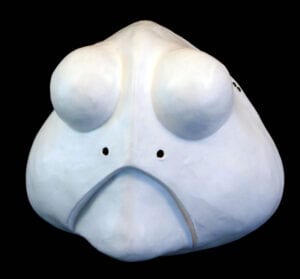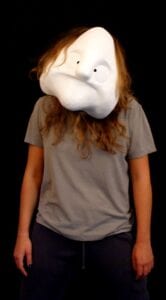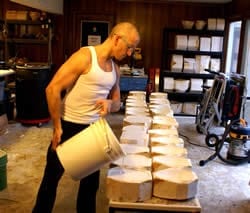Home / Blog Legacy / The Larval Mask, it’s origin and use in teaching and performance.
The Larval Mask, it’s origin and use in teaching and performance.

Jacques Lecoq a student of Jean Daste, Copeau’s nephew developed western actor training with masks at his school in Paris from 1963 – 1999. The first year at Ecole Lecoq is focused on the understanding of Le Jeu, the actor’s play. To understand what it is “to play” with the sophistication of an actor rather than a child one must first understand how an audience experiences the theatrical event, what that event is, how it is different than the experience of daily life and what makes a theatrical experience exciting, dynamic and engaging. To do this actor must understand what he or she represents to the world and then must understand how an audience experiences them and the action of a story in play.
The first year at the Lecoq School begins with the recreation of daily life so that as the students move away from this experience they can understand the difference between “experience” as it unfolds in our pedestrian world and “discovery” as it is articulated in the act of playing a story for an audience. The theatre mask becomes the key that unlocks this understanding for the student actor. It’s expressive form reveals moments of true, honest discovery and highlights the relationship the actor has to the character, the event of the story and to the audience. The theatre mask is the revealer of the mechanics present in the art of acting. The mask shows us that acting is as mechanical as dance or the playing of a musical instrument and that psychological and emotional components are secondary or a result of something else.
After the recreation of daily life the students move on to the neutral mask. The neutral mask is a mask intended to reveal and provoke. From a mechanical point of view it is a mask focused purely on the discovery. The questions of what is discovery for the performer, how does it work, how is it focused, how does it drive the character forward in action, what discoveries are necessary to articulate, what is the difference between contemplation, reflection, opinion, judgment, commentary and pure discovery are posed and answers sought in this portion of the training.
Once the neutral mask section of the pedagogical journey is completed Larval mask or Basel Mask is introduced. Lecoq refers to Basel Mask as Larval mask for a very specific reason. The larval mask is intended to inspire the actor to play. From a fundamental place this is how that works:
The larval is an undeveloped form. It is in its basic stage of development. Whereas the neutral mask is in the world for the first time, in a pure state of discovery as a character with no past, the larval mask exists in the beginning stages of life. The larval masks are the toddlers of the mask world. They have a very simple undeveloped intellect and are easily distracted by literally everything in the world around them. Every action and every object presents the opportunity to play. These masks are incredibly child like in their poetry of expression. This is the challenge for the actor; finding a child like state of play that is devoid of a childish approach. The Basel masks are incredibly sophisticated forms that require the actor to develop a relationship with the form and then to share that relationship through playful discoveries with and audience.

It is hard to say what inspired their origin in Basel at carnival. The tradition of masking at Carnival in Switzerland is long, rich and poetic. What began as a pagan festival intended to chase the spirits of winter away and welcome in the spring has over decades become much more. The playful Basel Masks in the style used at the school most likely developed in the late 50’s or early 60’s and were then appropriated by Lecoq as training tools. Once used at the school in Paris to inspire actors they began to find their way to stages across the world as masks for performance and story telling.
As mask makers we often discuss the ideal materials for masks. I tend toward materials that answer the questions: What is comfortable, what is light weight enough for the mask in question, what will hold its form, what is durable given how the mask will be used and what is the most ideal in creating an organic quality in the play of the material. The larval masks pose a challenge in that they are oversized, their forms are an exaggeration of human qualities or they area riff off of animal or insect forms that inspire a fantasy response in the imagination of both the performing artist and the audience.
How are Basel Masks made?
The first Larval Masks I made were created when living in Lucerne, Switzerland. The first material I used for the masks was Buckram. Buckram is a coarse linen or cotton material (sometimes horse hair) used to stiffen clothing or to make hats. The process is similar to paper mache in that one first sculpts the mask in clay and then applies pieces of the material over the form until a desired thickness is reached. Once dry the buckram or paper is removed, a wire sewn into the edge (if buckram) and then the surface is smoothed out so as to clarify the form. I would imagine that the original Basel masks were made of either Buckram or paper. All of the masks from theater-masks.com are made out of neoprene, a rigid latex. The reason for this material is that it is extremely durable and allows one to make multiple copies from a mold affordably. The masks used at the school in Paris were made out of paper. These masks were purchased from a mask maker in Basel, Switzerland.
I recognize that there are great differences in materials used to make masks. In the end I feel like it is more important whether the mask is a successful expressive form rather than what material it is made out of. Successful masks are rhythmic forms designed to animate the negative space around the mask itself. The result is a mask that appears to change expression as it moves through space or as the body moves underneath it. A successful form also inspires and demands a relationship between the actor and the mask. Much like a fine musical instrument demands from the musician they find the song already contained within. If a Larval mask or a Basel Mask is to inspire play and childlike wonder in both the audience and the actor it must be such an expressive form.
My friend Drew Richardson tells me that Moving Picture Mime Show has done a full length Larval Piece and Beyond Words in Canada did shows with larval inspired masks called the potato people. Although there are many companies doing mask work most of the work is in shorter pieces, sketches or vignettes. I don’t know what the full length larval play would look like or how the larvals could sustain the complexity of a full-length piece. Toddlers are pretty simple and unsophisticated and this may be the reason we haven’t seen more than short pieces for Larval Mask up to this point.
The larval masks are the toddlers of the training process. They awaken play and highlight its importance and how it works regardless of how grown up we become or how sophisticated our characters (masks) become.
Buy a larval today and awaken your inner toddler!!

